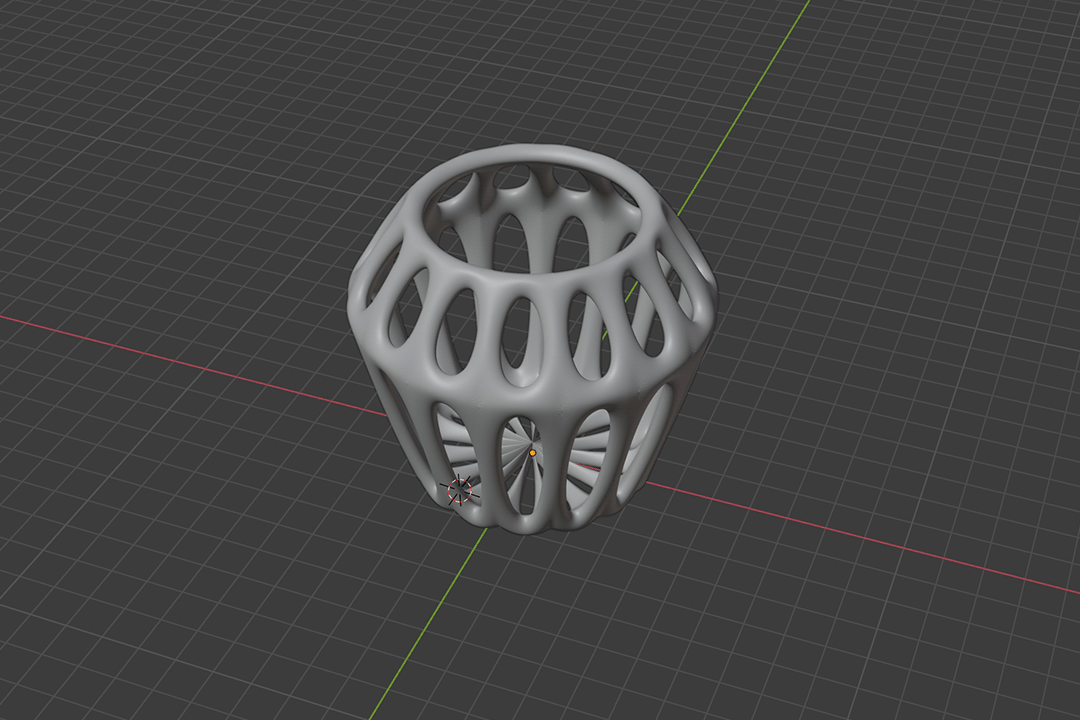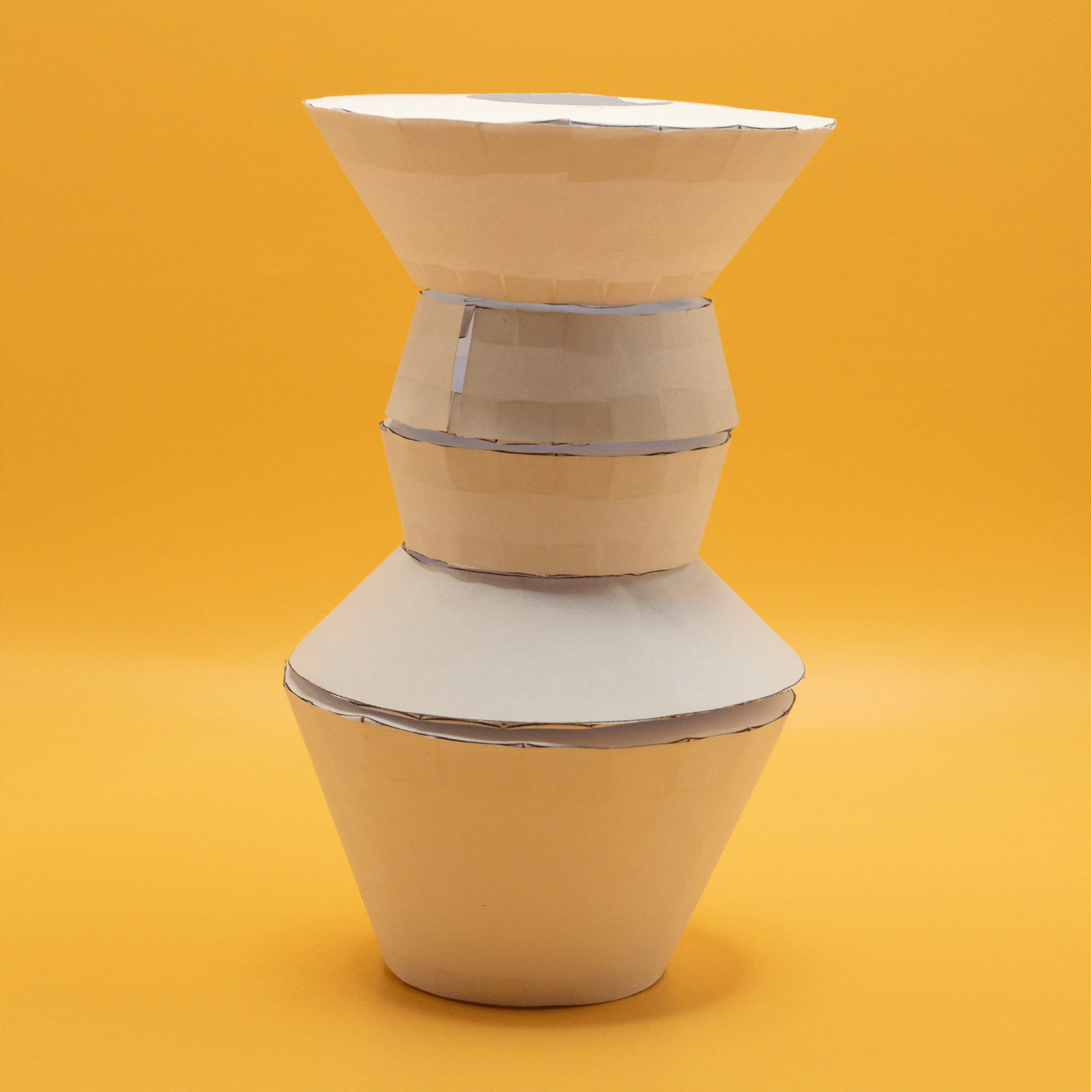
3D Modelling
The explorations are divided into four parts: 3D-Modelling, 3D-Printing, Materials and Traditional Casting Techniques. Ultimately, this project hopes to discover what it means to be a craftsman, in the age of digital fabrication, and open up conversations among makers and craftsmen who are interested in exploring new production methods.
3D Softwares
In order to design a 3D printable file, it is first necessary to learn the basics of 3D modelling using any Computer-Aided Design (CAD) softwares.
Digital Design
After choosing our softwares, it is time to design some objects for 3D printing. My digital design experiments seek to explore three qualities of an object: ✔️ Form ✔️ Modularity ✔️ Texture.


Modularity
Another way to look at form of an object is the potential of breaking it apart into smaller pieces. Through a paper prototyping session, we can see how cone shape itself has a lot of potential. Using five different cone parts, it is possible to assemble multiple ways of making a vase.





Form




Textures
Apart from form and modularity, there is also an opportunity to explore designing the textures of an object. Using the Texture Displacement Modifier tool on Blender, flat 2D textures could be imported in to generate 3D textures.
Another tool that can be used to create textures on Blender is the Solidify Modifier Tool. Instead of wrapping a texture around the surface, we can create textures by drawing its top surface before adding thickness to the height.



